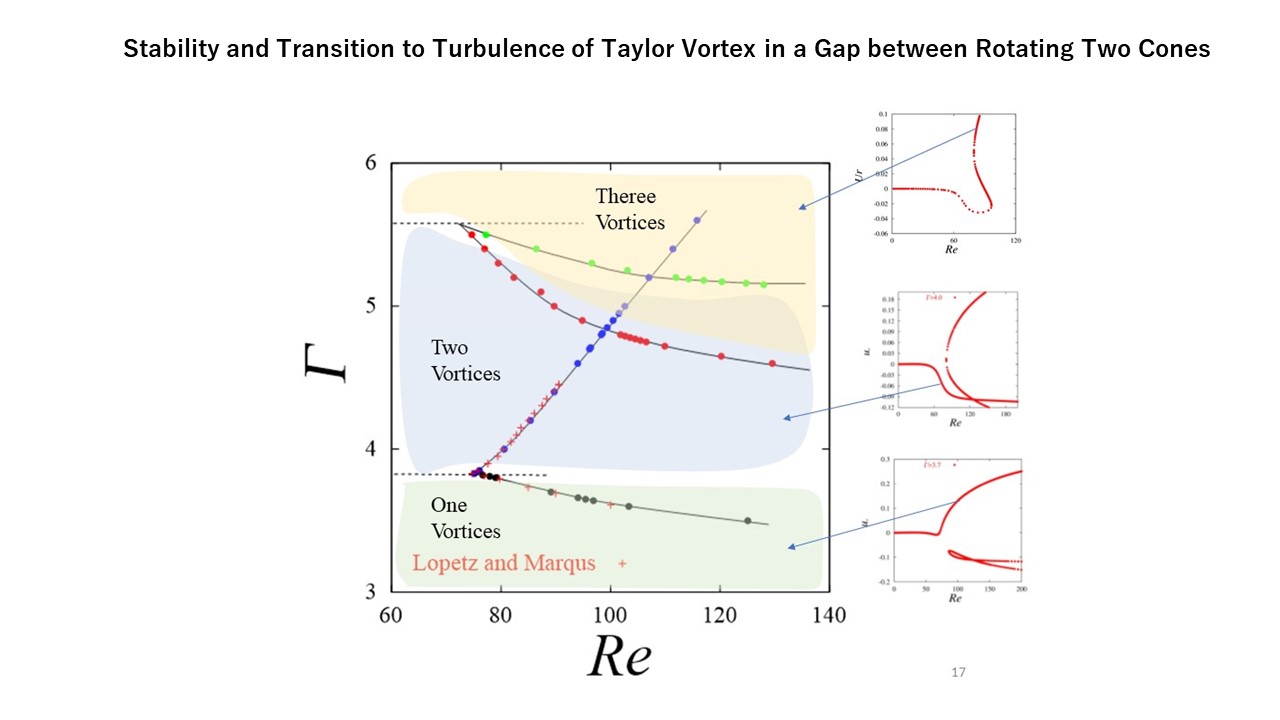Collaborative Research Projects
- Microfluidic Tools to Study Aerotaxis in Eukaryotic Cells
- Ionic Liquid Polymer for corrosion resistance applications
- Numerical modelling of particle-laden effect on supersonic flow for cold-spray polymer coating
- Response Characteristics of Cellulose Nanofibril under AC Electric Field
- Thermal AcTuation and energy hArvesting using MultIphysic alloys
- Stability of jet diffusion flames cofiring with carbon-free ammonia
- Coupled computing of fluid-structure interaction problems for multiphase energy systems
- Elucidation of the pathophysiology of skin sodium and water metabolism
- Stochastic Fluid Dynamics Simulations for Velocity Distribution of Protoplasmic Streaming
- Active Control of Protein Mass Transfer by Membrane Utilizing Variation of Surrounding Condition
- Stability and Transition to Turbulence of Taylor Vortex in a Gap between Rotating Two Cones
-
Microfluidic Tools to Study Aerotaxis in Eukaryotic Cells
Jean-Paul RIEU
University Claude Bernard Lyon 1We have developed microfluidic tools to study directed migration toward oxygen (aerotaxis) and oxygen-dependent active movement (aerokinesis) of eukaryotic cells. Our devices enable a precise control of the oxygen gradient in the 0-21% O2 range and an arbitrary uniform oxygen condition. With this device, we measured an exceptionally quick and massive aerotactic and aerokinetic response of the social amoeba Dictyostelium discoideum. We investigate now the sensibility of the response in the 0-2% range.
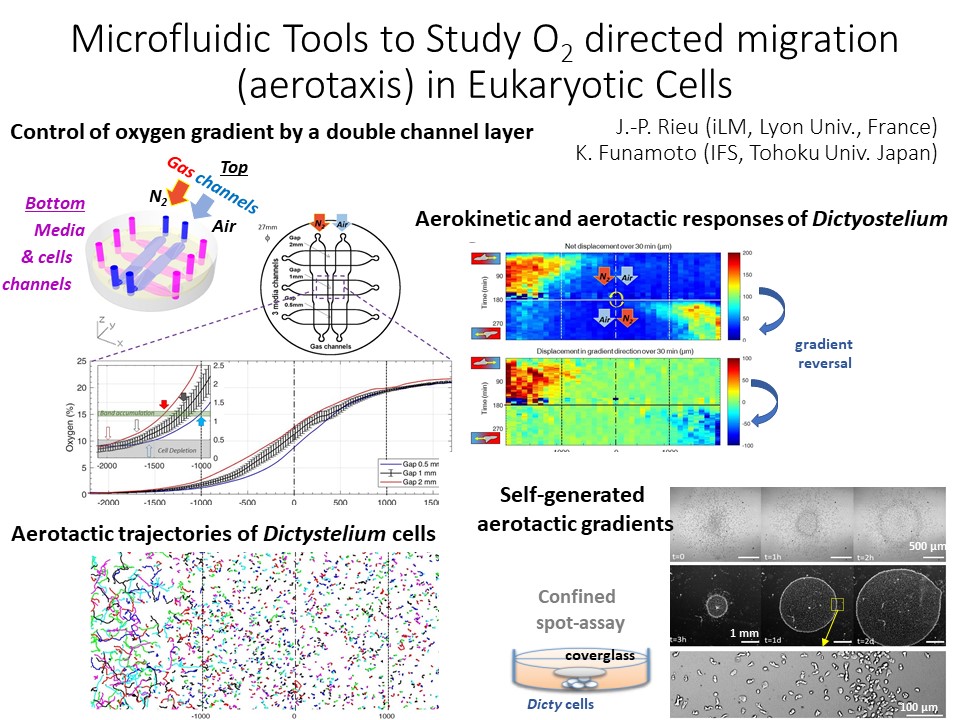
-
Ionic Liquid Polymer for corrosion resistance applications
Nicolas MARY
ELyTMaX, CNRS, Tohoku University, Université de LyonThis collaborative work deals with the degradation evaluation of new polymer coatings by NDE (capacitive measurement). Results are summarized below:
・Water uptake kinetic of new generation of epoxy polymer is slower than epoxy amine.
・Water diffusion coefficient depends on the new curing agent concentration.
・Capacitive measurements methods are able to follow the water penetration and gives consistent measurements versus.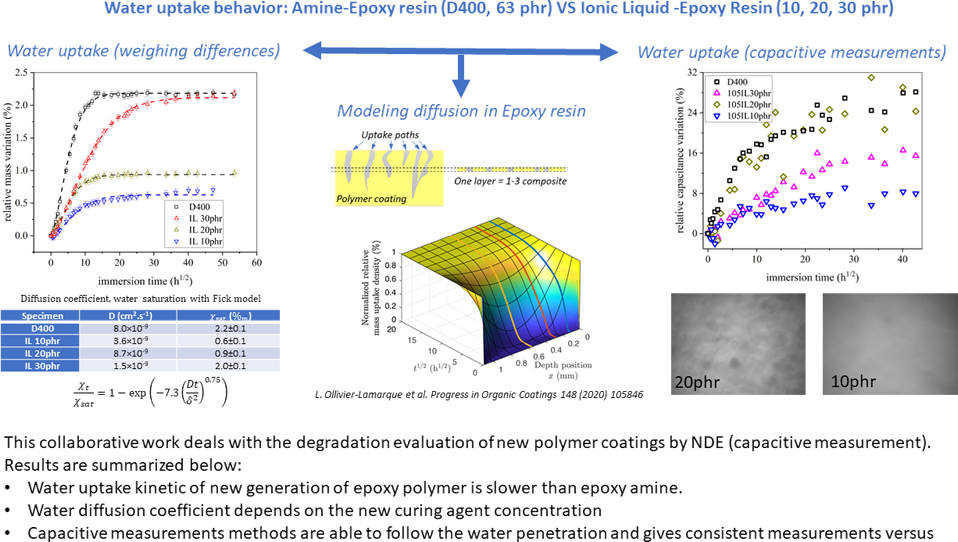
-
Numerical modelling of particle-laden effect on supersonic flow for cold-spray polymer coating
Chrystelle BERNARD
Frontier Research Institute for Interdisciplinary Sciences, Tohoku UniversityHigh particle temperature and low particle velocity are key parameters to obtain polymer coating by cold spray. To increase the particle resident time, and therefore, particle temperature, a long nozzle presenting inner shape irregularities is used. In this research, we present the results induced by the particle rebound inside the nozzle.
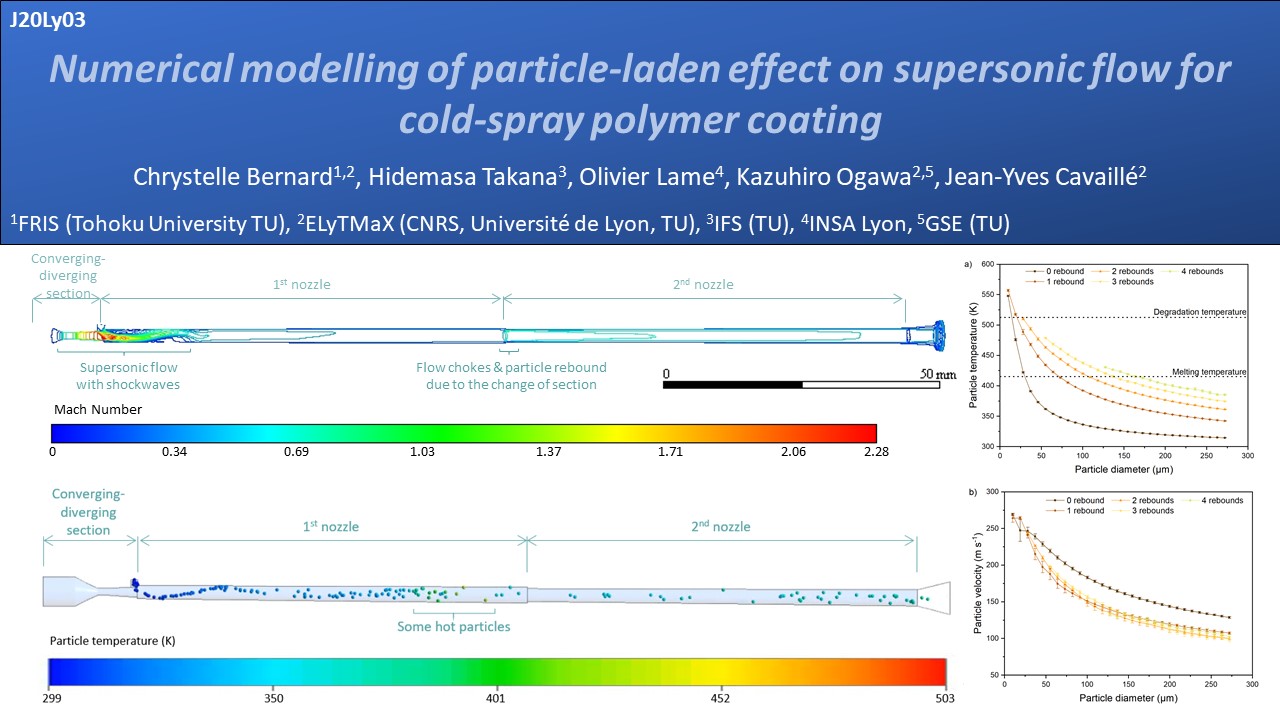
-
Response Characteristics of Cellulose Nanofibril under AC Electric Field
Hidemasa TAKANA
Institute of Fluid Science, Tohoku UniversityThe electric field significantly contributes to improve the CNF ordering in the bulk by the applied voltage. X-ray diffraction shows that CNFs are densely packed anisotropically in the plane parallel to the filament axis. The improved nanoscale ordering yields impressive enhancements in mechanical properties, more than 63%, 46%, and 120% increase in tensile strength, strain-to-failure, and toughness, respectively.
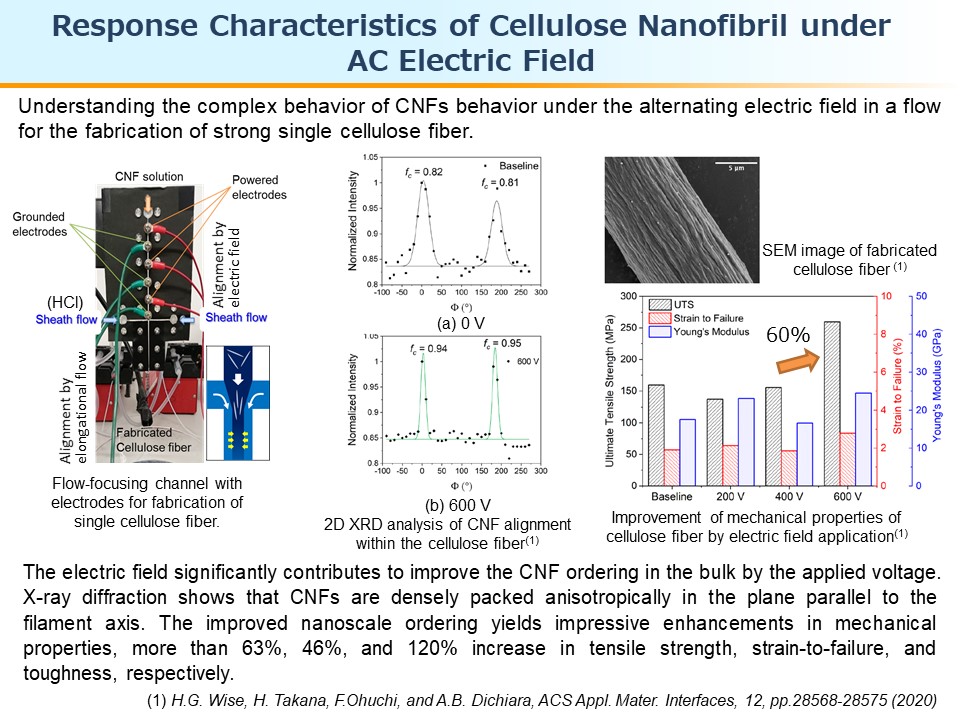
-
Thermal AcTuation and energy hArvesting using MultIphysic alloys
Mickael LALLART
INSA LyonThe project TATAMI (“Thermal AcTuation and energy hArvesting using MultIphysic alloys”) aims at investigating multi-coupled effects (thermo-magneto-electro-mechanical) by a “material and system by design” approach encompassing modeling, elaboration and experimental implementation. Results demonstrated for instance the possibility to develop innovative thermal energy harvesters and actuators.
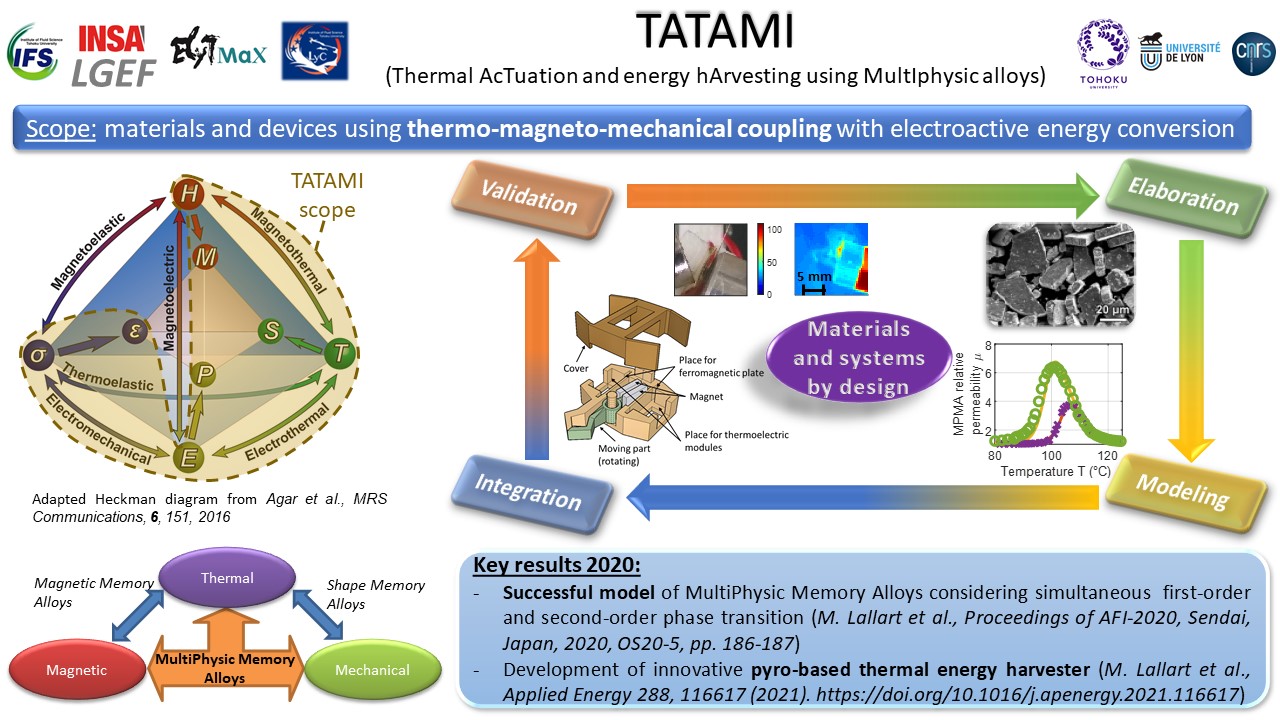
-
Stability of jet diffusion flames cofiring with carbon-free ammonia
Hideaki KOBAYASHI
Institute of Fluid Science, Tohoku UniversityThis collaborative study takes place in the context of the use of ammonia as a fuel in industrial applications. It focuses on the determination of the effects of ammonia addition on a methane non-premixed flame stabilization. A fundamental approach to stabilization was undertaken with a focus on the evolution of the global stabilization domain of ammonia/methane flame, and a local study focusing on the interactions between the flame and the burner lip and their evolution with ammonia addition.
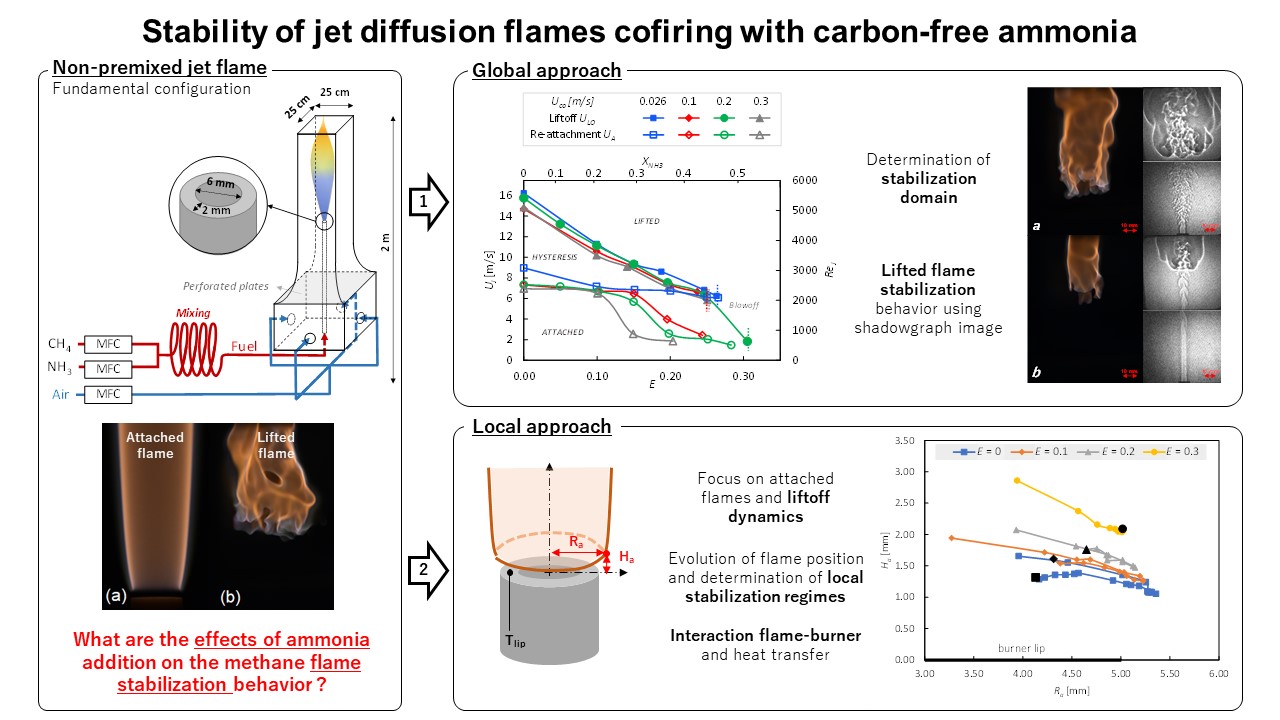
-
Coupled computing of fluid-structure interaction problems for multiphase energy systems
Jun ISHIMOTO
Institute of Fluid Science, Tohoku UniversityAdvanced computational approach for hydrogen leakage with wall crack propagation problem was conducted by using a hybrid of the coupled particle and Eulerian methods. The present computational analysis procedures consisted of two main parts. The first part was crack propagation analysis of a thin square plate, which simulated the wall of a high-pressure tank walls under two different types of initial conditions, and in both cases, the direction of crack propagation was freely determined by the direction of stress field. The differences and features of hydrogen diffusion during hydrogen leakage were analyzed for two types of wall data and two types of boundary conditions, as a result, the effect of wall boundaries on the hydrogen concentration distribution was computationally predicted.
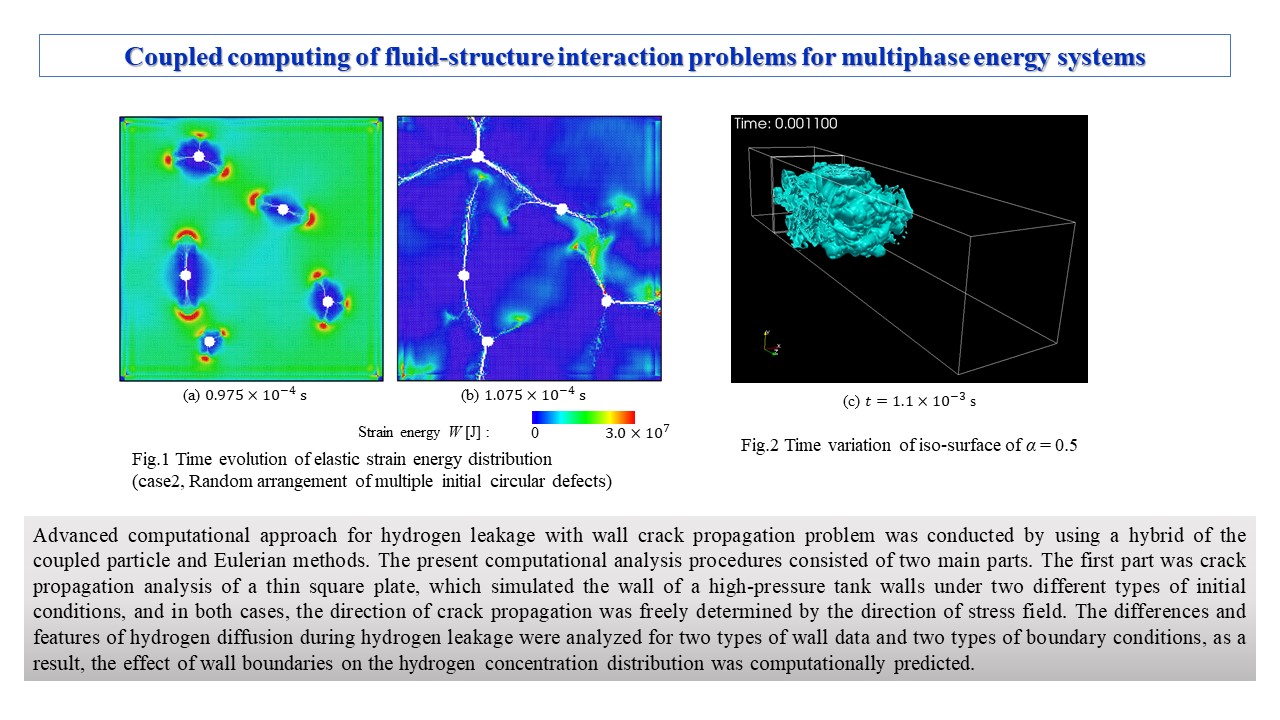
-
Elucidation of the pathophysiology of skin sodium and water metabolism
RAHMAN ASADUR
Kagawa UniversitySkin tissue fixation remains a great hindrance in accurate measurement of tissue distribution of Na+. Even we could not perform animal experiments in this pandemic situation, fixing the dermal tissue by the vitrification method, we may measure the accurate Na+ concentration distribution as well as underlying pathophysiology in skin by imaging mass spectrometry.
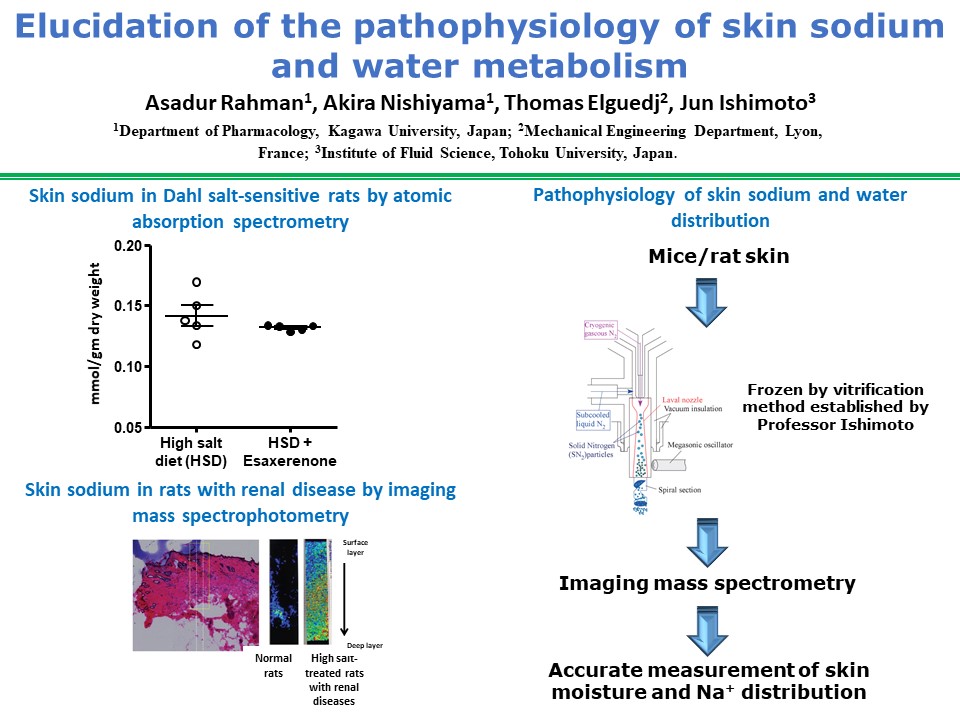
-
Stochastic Fluid Dynamics Simulations for Velocity Distribution of Protoplasmic Streaming
Hiroshi KOIBUCHI
National Institute of Technology, Sendai CollegeProtoplasmic streaming in plant cells plays a prominent role in transportation of biological materials. The velocity distribution is experimentally known to have two peaks at zero and finite velocities. In this study, we numerically confirm the peaks by 2D stochastic Navier–Stokes simulations. We find that the position of the peak at finite velocity moves with the variation in the strength D of Brownian force.
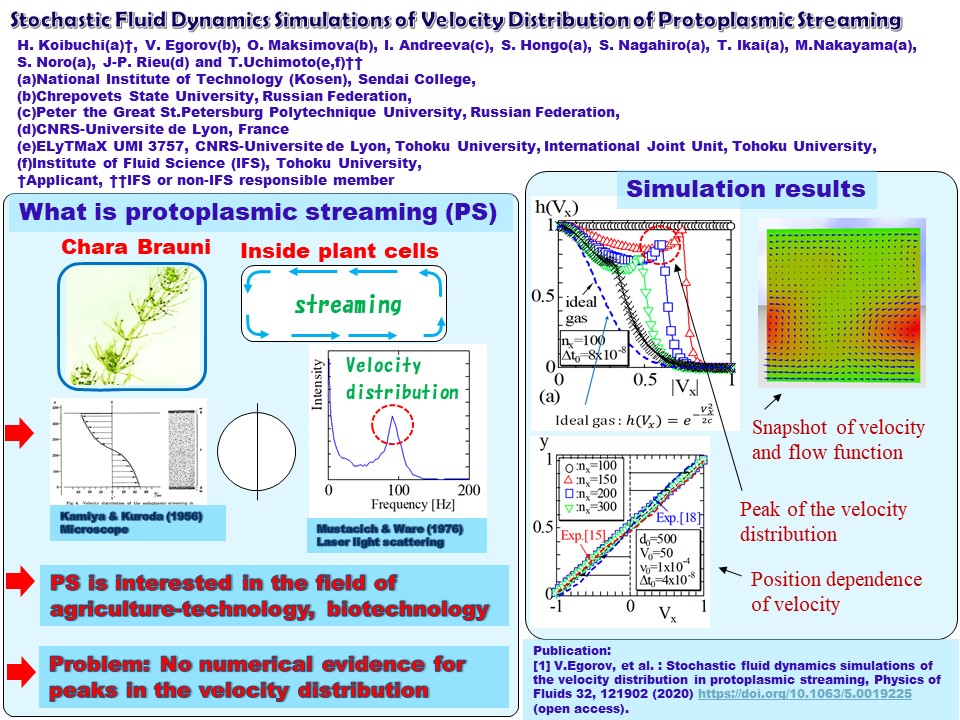
-
Active Control of Protein Mass Transfer by Membrane Utilizing Variation of Surrounding Condition
Atsuki KOMIYA
Institute of Fluid Science, Tohoku UniversityThis collaborative research focuses on the evaluation of the effect of micropores patterning on protein hindered diffusion phenomena. The research results revealed that the micropore patterning affects hindered diffusion process, and it is possible to actively control the protein mass transfer by micropore size and patterning.
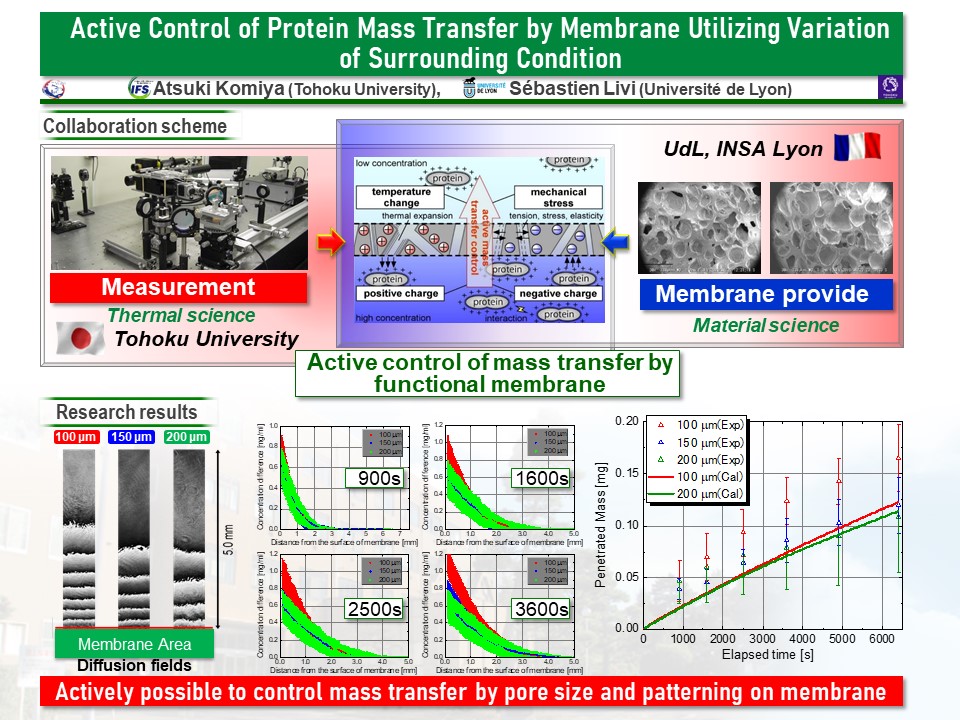
-
Stability and Transition to Turbulence of Taylor Vortex in a Gap between Rotating Two Cones
Takahiro ADACHI
Akita UniversityA nonlinear equilibrium solution was calculated using the spectral element method for a concentric double cylinder with a non-inclined wall. Figure shows the bifurcation point where saddle-node bifurcation occurs using the inner-outer cylinder radius ratio Γ and the Reynolds number Re. It is classified into three regions according to the number of vortices that appear in the flow field. There are 1 pair, 2 pairs, and 3 pairs of vortices from the smaller inner-outer cylinder radius ratio. It was clarified that some overlaps in the 2 and 3 pairs of regions. Comparing with the existing results of other researchers, it is becoming clear that there are branches that have not been found so far.
